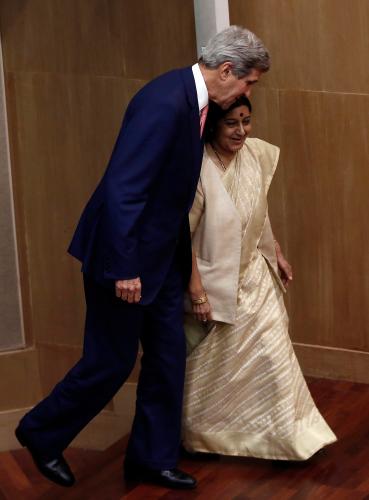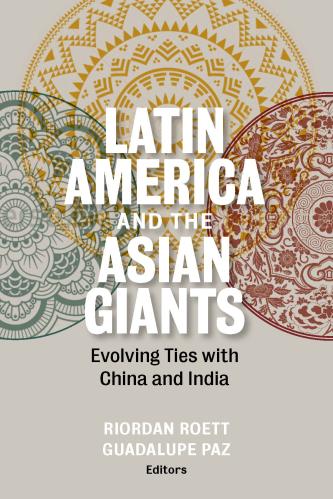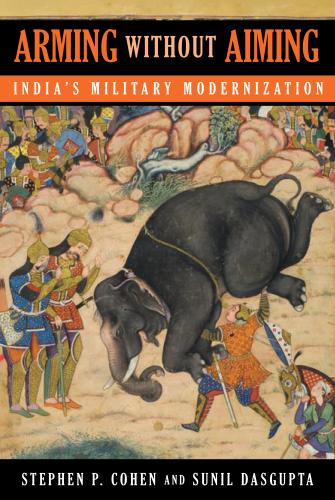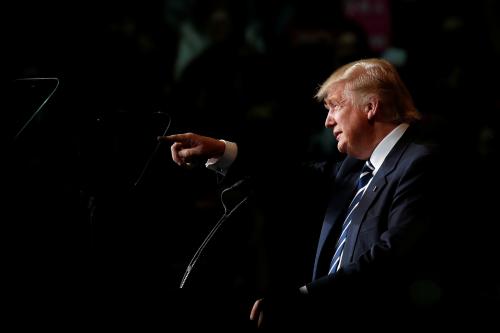Content from the Brookings Institution India Center is now archived. After seven years of an impactful partnership, as of September 11, 2020, Brookings India is now the Centre for Social and Economic Progress, an independent public policy institution based in India.
The June 26 White House meeting between Prime Minister Narendra Modi of India and United States President Donald Trump will be an opportunity to reaffirm America’s commitment to deeper bilateral economic ties and to signal support for India, an economic and demographic powerhouse in Asia. While starkly different, the two leaders are both strong nationalists, with Modi pushing a “Make in India” agenda while Trump is all about “America First.” Can they find common ground and advance their agendas to mutual advantage? We think it’s possible, if they play their cards astutely.
Under both Republican and Democratic administrations, U.S.-India relations have improved significantly over the past 10 years. Today the two countries have a $115 billion two-way trading relationship, growing foreign direct investment, and an increasingly shared vision of the region’s strategic outlook that has bolstered bilateral defense interests.
Yet the bilateral trade relationship is modest at best. To put things in perspective, bilateral trade relationship between South Korea and U.S. is two times bigger by volume than that between India and the U.S., while Korea’s GDP is 40 percent smaller than India’s. China, with a similar population to India’s, conducts bilateral trade with the U.S. that is six times larger.
In fact, the U.S.-India economic relationship, while improving, remains contentious. America has long taken exception to India’s relatively high tariff rates, ineffective intellectual property rights protection, and the frequent intransigence of Indian negotiators at the World Trade Organization.
In addition, Trump’s view of bilateral trade deficits as evidence that the U.S. is losing means that the America’s trade deficit with India will likely be a starting point for how the administration approaches U.S.-India trade.
India has its gripes with the U.S. as well, the most high profile one being access for Indian nationals to H1B visas. It would be difficult to expect any immediate progress on this issue while the administration’s approach to immigration remains unsettled.
The current impasse on some of these larger bilateral trade and labor issues should not preclude making inroads in other areas that are ripe for cooperation.
India is one of the few countries in Asia where Trump’s decision to pull the U.S. out of the Trans-Pacific Partnership agreement was greeted with some relief
In fact, India is one of the few countries in Asia where Trump’s decision to pull the U.S. out of the Trans-Pacific Partnership agreement was greeted with some relief, which presents an opportunity to forge a new trade and investment relationship with India.
Trump and Modi should use their inaugural meeting to initiate small confidence building steps and set aside larger, more intractable issues.
Both leaders seem comfortable pushing investment in infrastructure rather than the more indirect, outcomes that trade agreements deliver. Many of Modi’s economic priorities to grow India’s manufacturing sector and tackle India’s enormous infrastructure needs would benefit from U.S. investment and services exports. For his part, Trump could offer U.S. support for Modi’s goals by promoting U.S. investment in Indian infrastructure and manufacturing. This could be the basis for a broader deal encompassing measures to further streamline India’s recent initiative to reduce foreign investment restrictions.
How to grow jobs is another shared focus for both leaders. According to a McKinsey report, India needs to create 115 million new non-farm jobs by 2022. Both leaders see developing their manufacturing sector as one way forward. These goals are not in conflict, as India is largely focused on developing manufacturing jobs in parts of the supply chain, which is different from the U.S. focus on the domestic manufacturing sector. In addition, India’s growing middle class—which is expected to double to over half a billion people by 2025—will provide a new market for U.S. exports of manufactured products. Both sides can make progress here by improving market access for their respective manufactured goods. Cooperation around skills development in India and tackling certain concerns related to better enforcement of intellectual property rights in India would benefit both countries.
Trump and Modi should establish a joint mechanism to address bilateral trade issues, with regular meetings of senior officials as well as a commitment to ensure new market access outcomes by the end of this year. Agreeing to seek common ground around the recognition of standards might also be a way of reducing trade friction over time.
Deepening the two countries’ bilateral trade and investment relationship will take commitment and time, with inevitable setbacks that will require each side to view the economic relationship in a broader geopolitical context. Ultimately, America’s longer-term strategic goals in Asia will be advanced if the U.S. has the foresight to cultivate a prosperous, confident, and democratic India.











Commentary
Growing the U.S.-India economic relationship: The only way forward
June 22, 2017